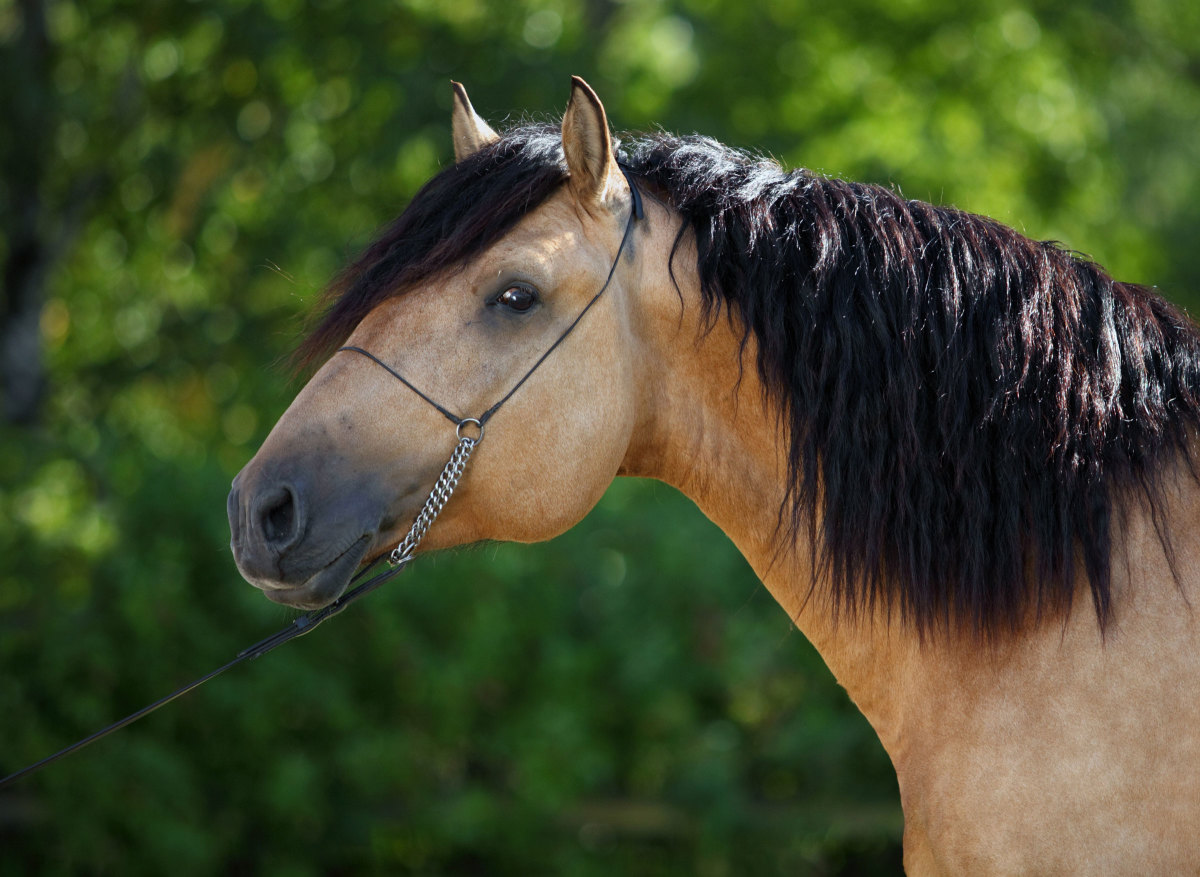
Once recovered from clinical signs of equine arteritis virus (EAV; the disease is equine viral arteritis or EVA), stallions infected with EAV excrete virus in their semen for the short-term (1-5 weeks), over an intermediate-term (3-7 months), or they can become long-term carriers (8 months up to life). The consequences of spread to mares are substantial, leading to abortion, neonatal death or interstitial pneumonia in foals. While 4 40% of stallions might clear virus spontaneously, there still remains a large reservoir for potential outbreaks in breeding horses.
Because the carrier state for equine arteritis virus is testosterone-dependent, the use of an anti-GnRH vaccine (Equity) could help clear virus.
A study reviewed results from vaccinating EAV-positive stallions twice with this vaccine [Miszczaak, F.; Burgre, D,; Ferry, B.; et al. Anti-GrnRH vaccination of stallions shedding equine arteritis virus in their semen: a field study. Veterinarski Arhiv 90 (6), 543-556, 2020; doi: 10.24099/vet.arhiv.0790].
The study included 16 adult stallions (11/16 were 14-20 years old) with natural EAV infection that resulted in semen shedding of virus. They were administered anti-GnRH vaccine intramuscularly and boosted with a second immunization 4-6 weeks later. Plasma testosterone levels and semen viral load were measured at monthly intervals following the first vaccination.
The results:
- For six months following the first injection, 11/13 stallions had a markedly decreased plasma testosterone concentration (<0.3 ng/ml compared to pre-vaccination of 0.6-2.5 mg/ml).
- Testosterone concentrations increased in months 7-10 post immunization but at lower levels from pre-vaccination. Some individuals retained low levels of testosterone until months 13-14.
- By months 3-4, viral load in semen was reduced and remained low through months 5-6.
- EAV clearance to negative occurred in 12/15 stallions between months 3-10, and three stallions cleared virus from semen by months 18-22.
- 14 of 16 stallions produced foals prior to the study. Of 12 stallions cleared of virus in their semen, 8 successfully bred mares the next season. (Four were unable to breed due to reproductive deficiency or persistent EAV positivity.)
- Foaling rates from the breeding season following vaccination were comparable to those pre-vaccination: 27-88% pre-vaccination vs. 29-72% post-vaccination.
The authors note that at times, stallions (4-42 %) spontaneously clear virus without pharmaceutical intervention, so the results here might have also reflected natural processes. No control group was included in the study. In summary, all stallions vaccinated with anti-GnRH vaccine in the study produced EAV-negative semen by month 22.








